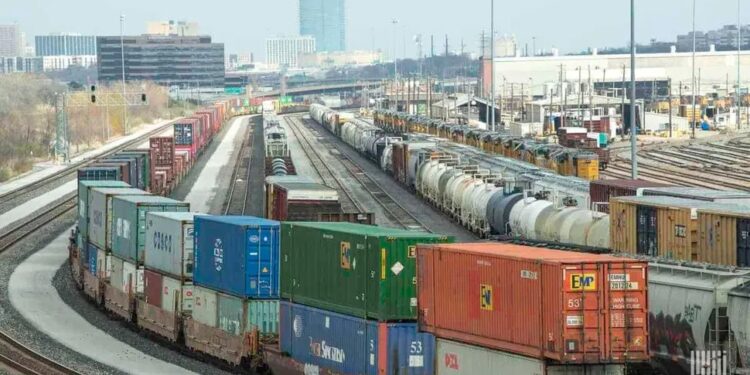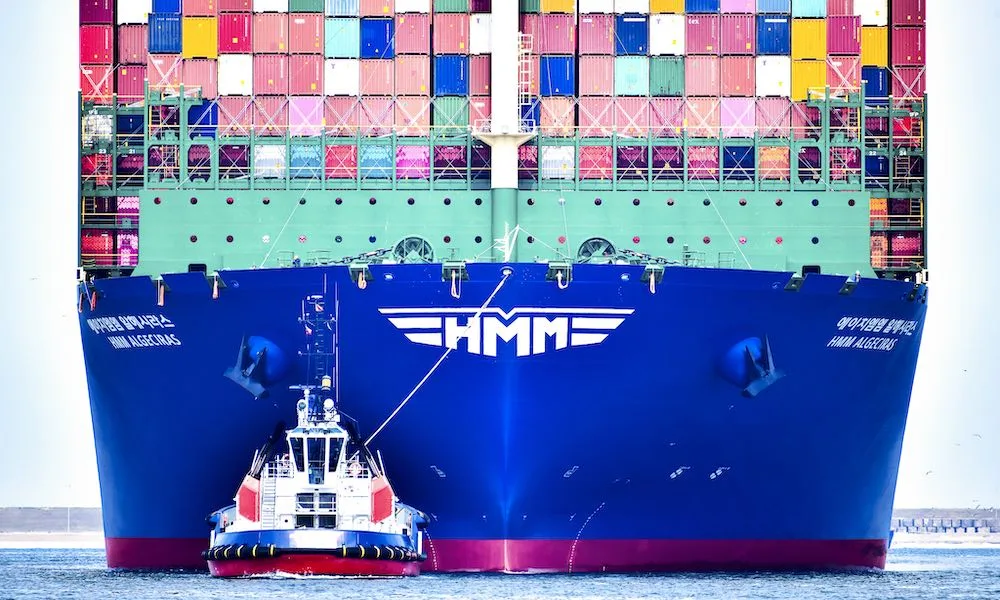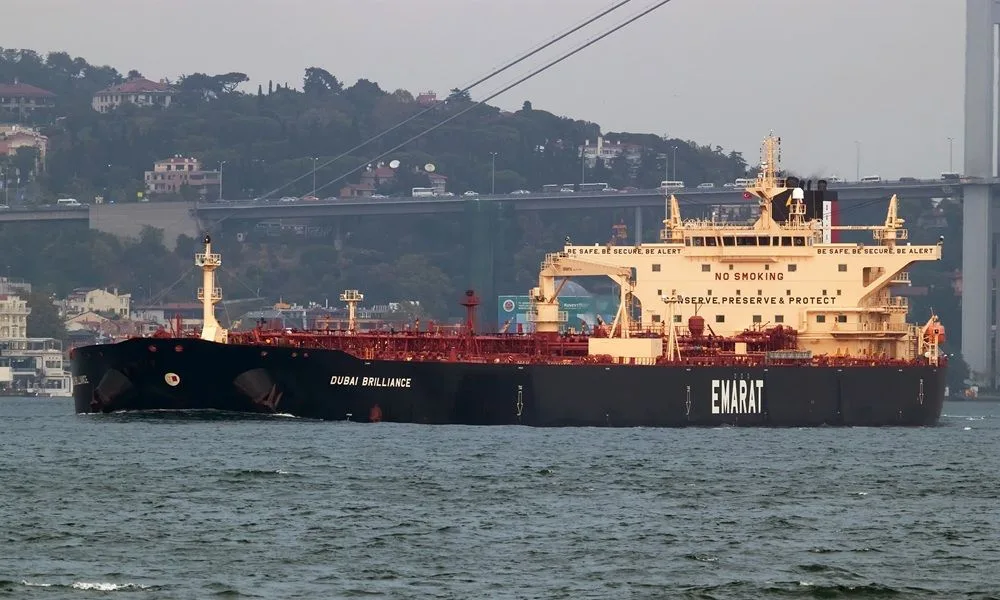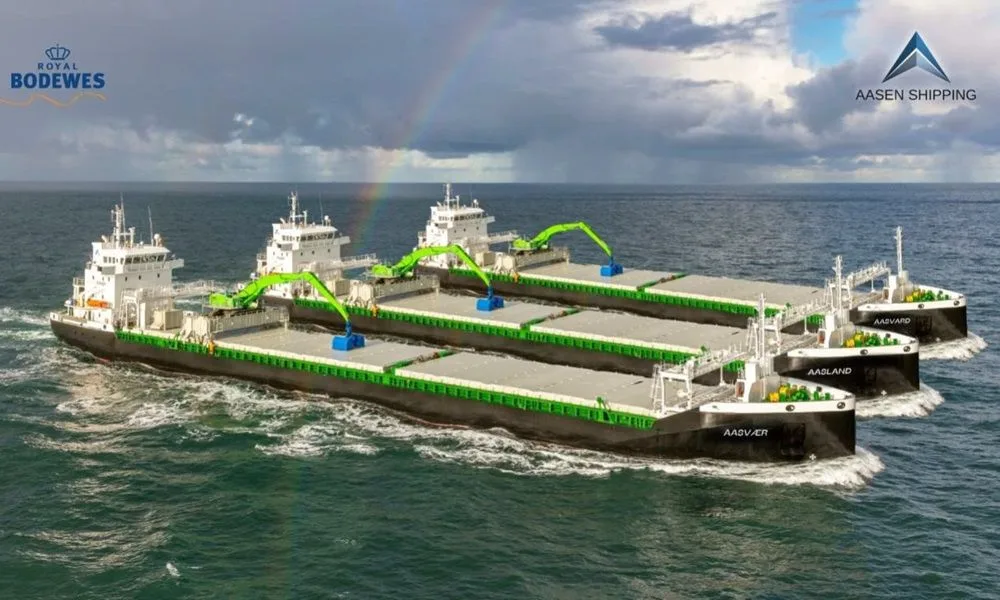Intermodal and carloads showed improved resiliency in July in the face of increasingly concerning economic factors clouding the full-year outlook.
The U.S. economy has shown resilience this year, with the GDP posting an encouraging 3% annualized growth in the second quarter, a marked improvement from the 0.5% contraction in Q1, said Rand Ghayad, chief economist for the Association of American Railroads, in a research note. This rebound, as per the Bureau of Economic Analysis, benefits significantly from a reduction in goods imports and a positive inventory adjustment. Yet, this is juxtaposed against a backdrop of stagnating consumer spending, a crucial engine for GDP growth, which accounts for about 70% of the total economic output. Consumer spending edged up by only 0.1% in June, marking its smallest year-over-year gain in 16 months, raising concerns about sustained economic momentum.
In the labor market, July’s job growth figures were disappointing, with only 73,000 new jobs added, far below the historical trend. Alarmingly, previous months saw significant downward revisions, amounting to a reduction of 258,000 jobs. Unemployment inched up to 4.2%, while the tally of discouraged workers – people who want a job but have stopped looking because they don’t believe they’ll succeed – soared to 6.2 million. Long-term unemployment is another troubling metric, having reached levels unseen since December 2021, which may damp consumer confidence and spending power, influencing rail volumes, especially those tied to consumer goods.
Inflationary pressures, after cooling through the spring, have started to climb again. The Consumer Price Index saw a 2.7% year-over-year rise in June, its largest since February, casting uncertainty on consumer affordability and spending decisions. Inflation not only affects consumer expenditure but also challenges freight rail operators as operational costs rise, potentially affecting margins.
The manufacturing sector continues to face headwinds, with the Institute for Supply Management’s Manufacturing PMI dipping to 48% in July 2025, indicating contraction. With new orders lacking, the sector remains under pressure, feeding into lower demand for industrial rail freight. In contrast, the services sector, which wields considerable influence over economic health, hovered barely above contraction territory, recording a PMI of 50.1% in July. Should the services sector weaken further, it would adversely affect the broader economy, including rail freight.
Freight rail market: Stability amid volatility
Despite economic turbulence, the freight rail market has displayed remarkable resilience. U.S. rail intermodal shipments rebounded by 2.4% in July over the previous year. This recovery came on the heels of a decline in June and was driven by a rebound in business inventories and resurgent port activities. Total carloads were up 2.8%.
The AAR Freight Rail Index, which tracks volumes excluding coal and grain, rose by 4% from June to July, marking its first increase in four months. This uptick is indicative of underlying demand staying robust. Carloads, excluding coal, surged by 4.7%, reflecting growth across 15 out of the 20 categories monitored by AAR. Particularly notable are gains in grain, coal, chemicals, and industrial products.
Grain carloads rose by 13.5% in July, fueled by robust exports, which increased by 5.8% in the first half of the year, according to the U.S. Department of Agriculture, the most since 2022. Coal continued its recovery with a 4.5% increase in carloads on easier comparisons due to export disruptions from the Key Bridge collapse in Baltimore.
Chemical shipments, following a brief decline, bounced back by 3.3% in July, maintaining their upward trajectory and posting the most-ever rail shipments. Industrial products, including autos and steel, showed significant growth, underscoring resilience in manufacturing despite broader sectoral weaknesses.
“Despite some signs of resilience, the economy is flashing warning signals,” Ghayad said. “For freight railroads, rail volumes in recent months have remained relatively stable, but the near-term outlook remains challenging. The next few months will be critical in determining whether the economy regains its footing or slips further into stagnation.”
Subscribe to FreightWaves’ Rail e-newsletter and get the latest insights on rail freight right in your inbox.
Find more articles by Stuart Chirls here.
Related coverage:
Union Pacific upping West Coast ports-to-Chicago intermodal stakes
Grain, automotive keep U.S. rail traffic ahead of 2024
Planned US-Mexico rail route advances with environmental report
Infrastructure fund pays $1B to acquire largest US regional railroad
The post July rail freight better but indicators cloud outlook appeared first on FreightWaves.






















